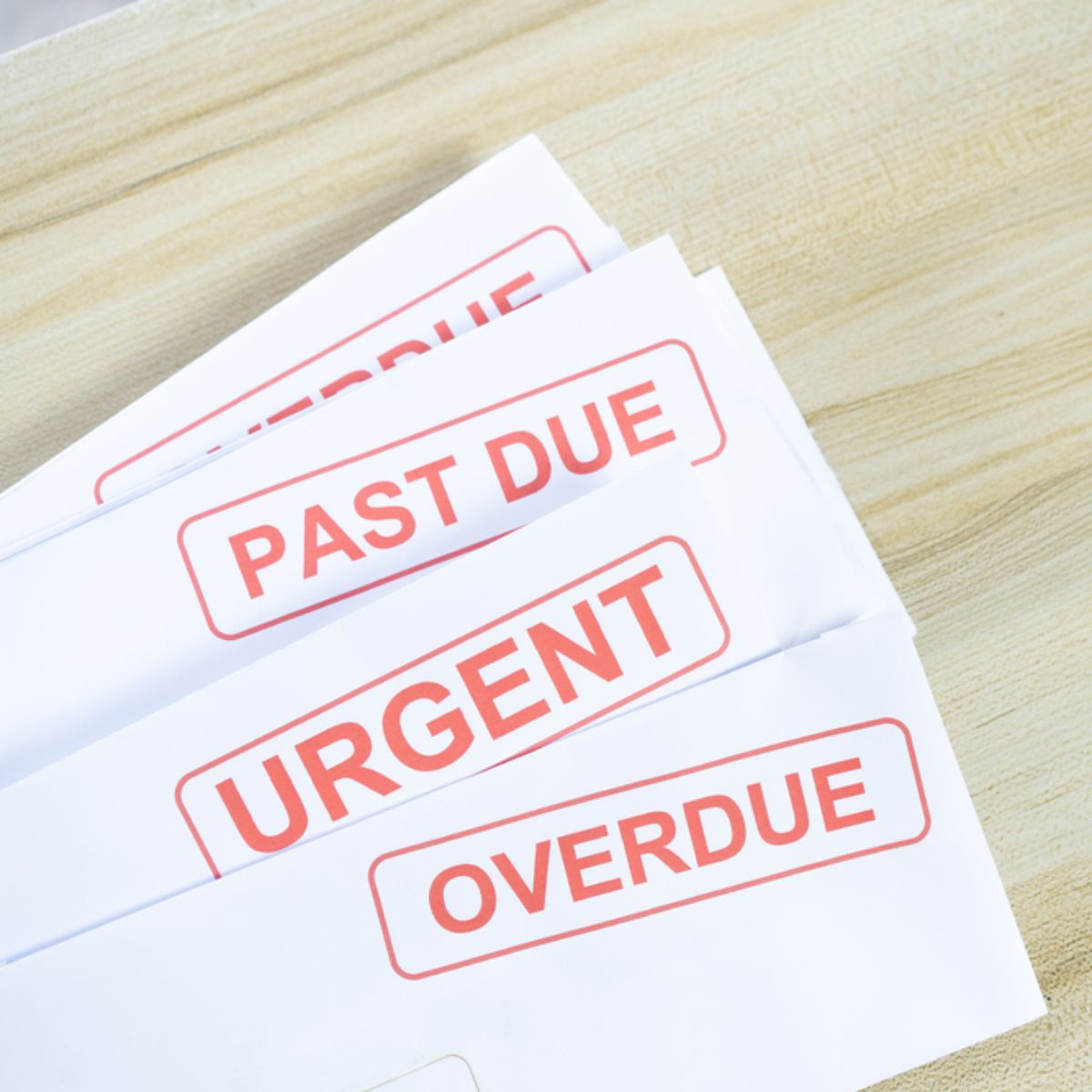How Early Out Collections Can Reduce Bad Debt and Improve Cash Flow

Healthcare providers often struggle with cash flow due to bad debt from unpaid or overdue invoices. Implementing early-out debt collection practices, which focus on proactive engagement before accounts become delinquent, can effectively reduce bad debt and improve your practice’s cash flow.
What is Bad Debt in Healthcare?
Bad debt in healthcare refers to outstanding costs unlikely to be paid by patients. It significantly impacts healthcare providers’ financial health, often resulting from patients’ inability to afford services. Early intervention strategies are essential to prevent bad debt accumulation and protect financial stability.
What are Early-Out Collections Practices in Healthcare?
Early-out practices focus on soft collections, where providers reach out before bills become overdue. This proactive approach, including sending reminders and offering payment plans, reduces bad debt risk and ensures patients are informed without aggressive tactics. Key strategies include:
- Sending reminder emails or letters about upcoming payments.
- Contacting patients to offer payment plans or financial assistance options.
- Creating installment plans for easier payment of large bills.
Unlike traditional collections, which typically begin after significant time has passed and involve aggressive tactics, early out collections prioritize communication, patient education, and convenience. For healthcare providers, this approach is critical for reducing bad debt, improving cash flow, and maintaining positive patient experiences. By implementing early out strategies, providers not only safeguard their revenue but also uphold a patient-first philosophy that emphasizes trust and transparency.
For more robust debt recovery, consider complementing early-out practices with AR Recovery Workdown, a solution that accelerates the resolution of overdue accounts and improves the collections component of your revenue cycle performance.
Common Challenges Early Out Collections Solve
The healthcare revenue cycle is becoming more complex as patient financial responsibility increases. High-deductible health plans, limited insurance coverage, and rising out-of-pocket costs mean patients are paying more than ever before. Unfortunately, many patients are unprepared for these expenses, which can lead to delayed or missed payments—and eventually bad debt.
Early out collections address these challenges by creating a structured, proactive communication plan. By reaching out before accounts become severely overdue, providers can help patients understand their bills, set up manageable payment arrangements, and avoid default. This approach also reduces the administrative burden on internal staff, improves efficiency, and minimizes the cost of recovering unpaid balances. Ultimately, early out practices strengthen the financial stability of healthcare organizations while reducing friction for patients.
Strategies for Early-Out Debt Collection
Successful early out collections programs share one key principle: communication that starts early and emphasizes patient support. Here are some best practices healthcare organizations can adopt:
- Engage Patients Early with Patient Outreach: Begin outreach within 7–14 days after service, well before accounts age into delinquency.
- Offer Flexible Payment Options: Provide multiple channels for payment—online, mobile, or by phone—and include structured payment plans for larger balances.
- Train Staff for Empathetic Financial Conversations: Ensure staff can explain bills clearly and discuss financial assistance without creating patient stress.
- Automate Where Possible: Use automated reminders and online tools to reduce manual work and provide consistent, timely communication.
By combining these strategies, providers can maximize collections, reduce bad debt, and create a billing experience that aligns with patient-first values.

Partnering with TruBridge for Early-Out Success
Incorporating early-out debt collection practices into your revenue cycle management strategy helps reduce bad debt, improve cash flow, and strengthen patient relationships. By addressing financial concerns early, healthcare providers can lower the risk of write-offs and enhance their financial health. Partnering with TruBridge can streamline this process, providing expert guidance and customized strategies to optimize your collections and reduce bad debt. Let us help improve your collections and boost financial performance.